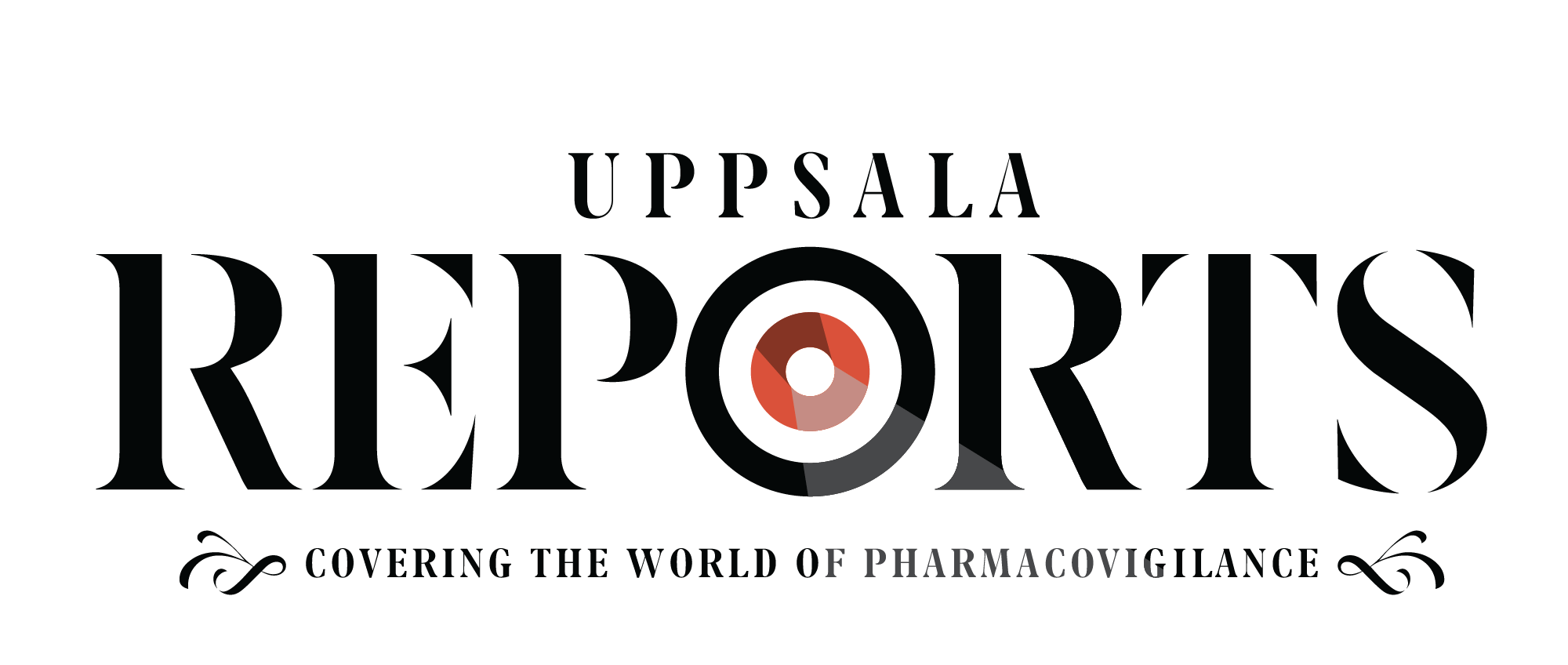
In this final article of a series on the One Health approach, authors James Mount and Marmar Nekoro from the Swedish Medical Products Agency highlight the need for a broader application of the One Health approach in both human and veterinary pharmacovigilance. With the aid of examples, the article presents the case for regular interaction and collaboration between these two disciplines to enrich both. Read the previous article here.
Within the EU and other parts of the world, human and veterinary pharmacovigilance (PV) is regulated through separate legislation, which inevitably results in a separation of the two disciplines. For example, in the EU, regulatory procedures in human PV comprise periodic safety update reports and continuous signal management compared to veterinary PV, which has been simplified by only adapting the latter in practice. Moreover, human and veterinary PV utilise different databases and coding standards for case management and signal detection, with no integration of the two.
Despite these differences, human and veterinary PV have the common goal of ensuring that medicines and vaccines are safe for use in people and animals, while veterinary PV also has a goal to protect the environment from adverse effects caused by unnecessary exposure. They also share many cross-disciplinary approaches to the improvement of human and animal health. Both stand to gain from increased collaboration using the One Health approach.
There is a strong interconnection between veterinary and human medicines, with some products containing the same active pharmaceutical ingredient (API) that may even come from the same supplier. Moreover, medicines authorised for human use can also be used in animals using a risk-based decision tree called a veterinary medicine cascade.
While human and veterinary PV systems are formally separated, drug safety issues concerning medicines used in animals may signal a potential human health threat and vice versa. A well-known example is the contamination of the antibiotic gentamicin with significant levels of histamine. In 2015, there was a significant increase in reports of anaphylactic reactions in horses treated with gentamicin by veterinarians in the field. As the API for the antibiotic was created by a manufacturer that was also the supplier of this API for human medicines, these reactions signaled a human health threat. Worldwide mitigation measures were imposed for both veterinary and human medicines, including product recalls and safety warnings.

Animal exposure to human medicines can also occur, which is well-illustrated by the exposure of animals and children to human topical hormone replacement therapies commonly containing oestrogen. This has been previously well documented in a review published by the Swedish Medical Products Agency. Together, these examples illustrate how the interconnection between veterinary and human medicines makes it possible for one to support the other in medicines safety monitoring.
There is considerable scope for enhanced collaboration between human and veterinary pharmacovigilance through the One Health approach. While not yet widespread, a few examples of partnership between human and veterinary PV do exist. This includes One Health awareness communication campaigns in some European countries aimed at promoting adverse event reporting in both the human and veterinary sectors. Other collaborations have focused on data quality in adverse event reports. For example, a joint EU multi-stakeholder workshop was held in 2024, where participants from regulatory and industrial sectors of human and veterinary PV met to build on joint experiences and knowledge relating to data quality in adverse event reports to create a joint framework.
Collaboration is also being achieved through the work of the Network Data Steering Group, an EU data governance group to optimise data use and management in human and veterinary medicines. One specific focus is the use of ‘big data’ sources like real-world evidence obtained from human and veterinary electronic health records to support regulatory decision-making, which includes decisions related to drug safety. This also encompasses the responsible and effective joint use of artificial intelligence.
These ongoing collaborations indicate that there is an obvious benefit from the establishment of further engagement between human and veterinary PV, enabling us to strengthen the One Health approach to medicines safety. It is recognised that the establishment of joint coding standards and integration of veterinary and human PV databases are not realistic possibilities due to legislative and organisational constraints. Nevertheless, exploiting the existing international One Health initiatives and engagements may be able to help bridge these gaps to allow for efficient data and information sharing between human and veterinary PV.





